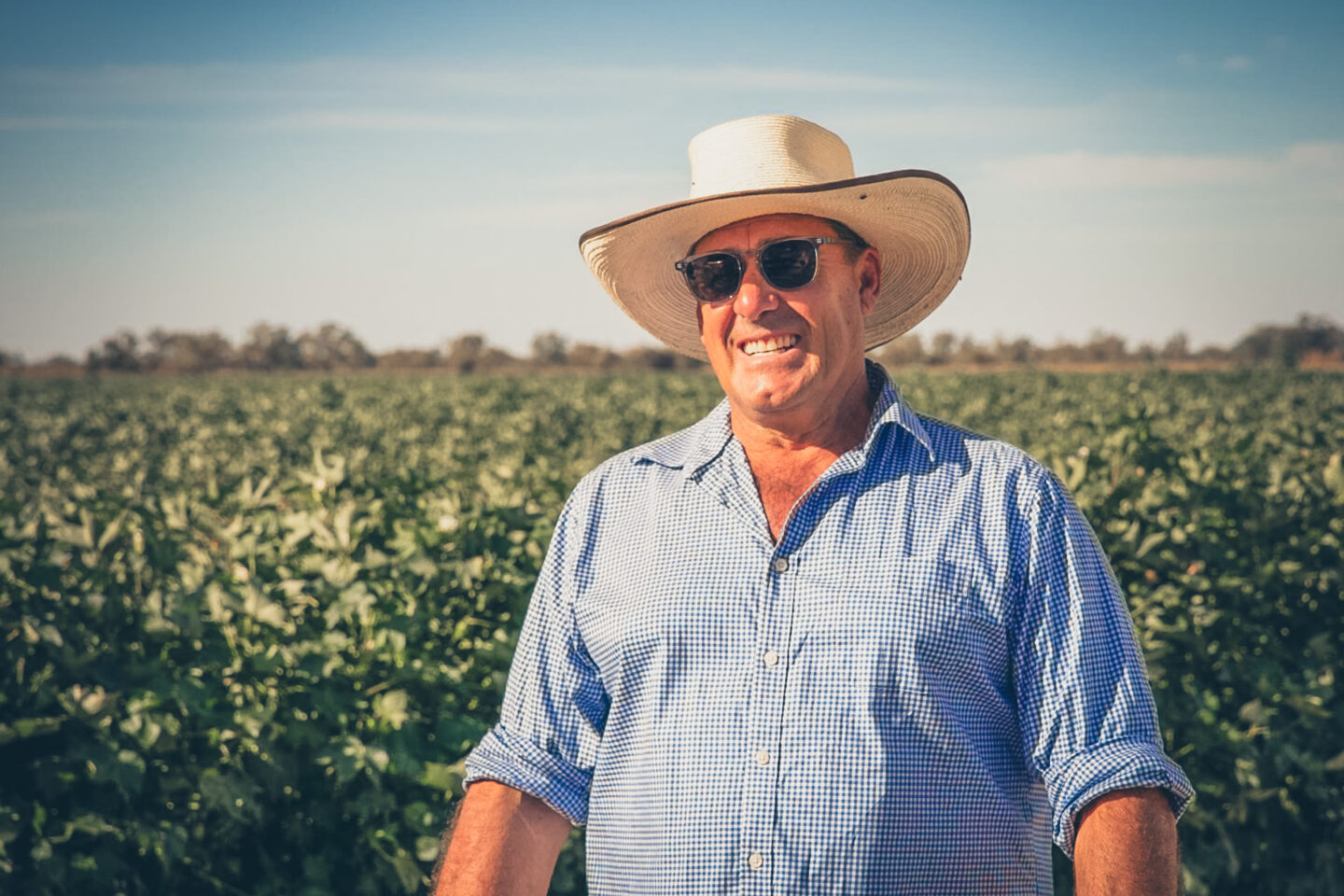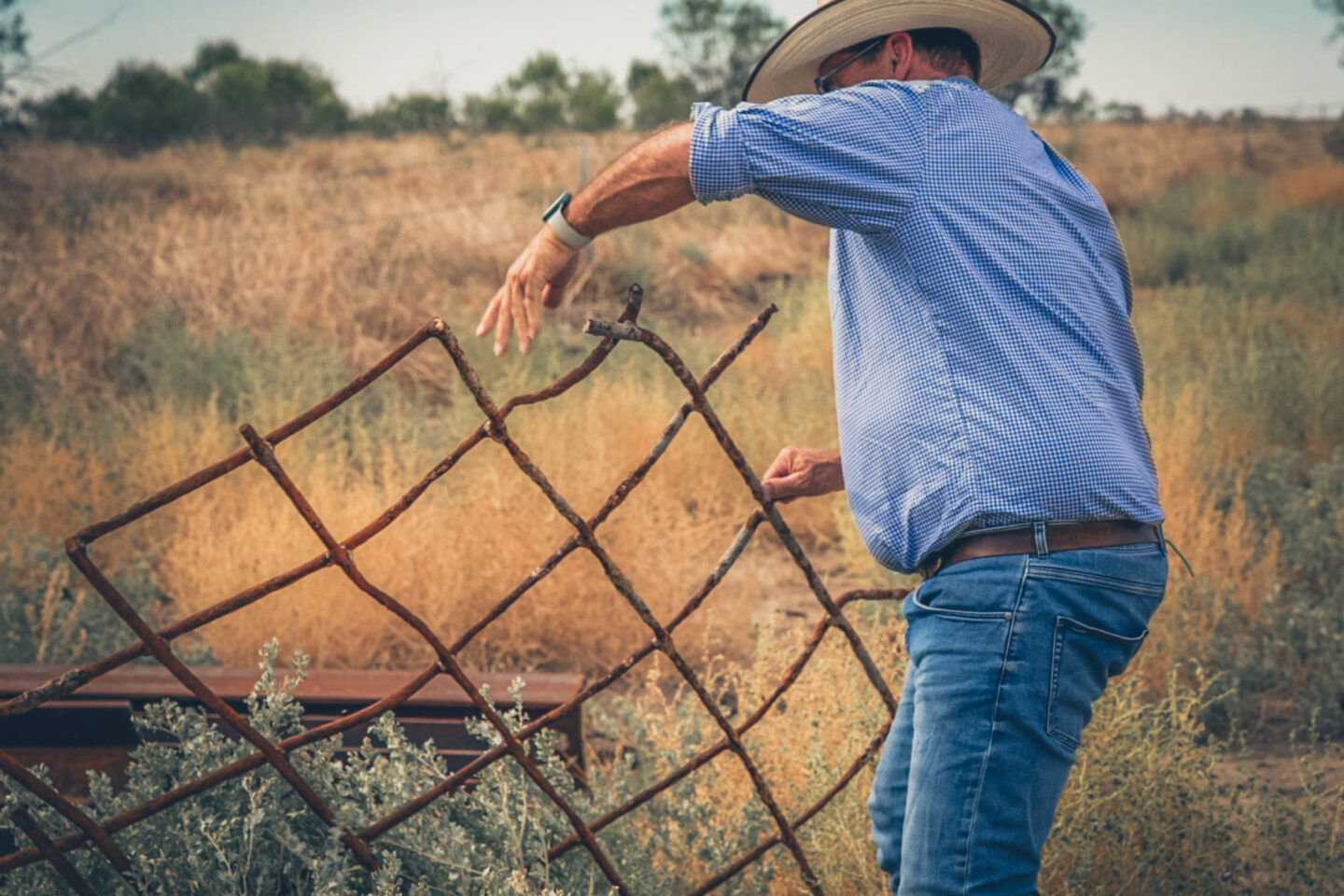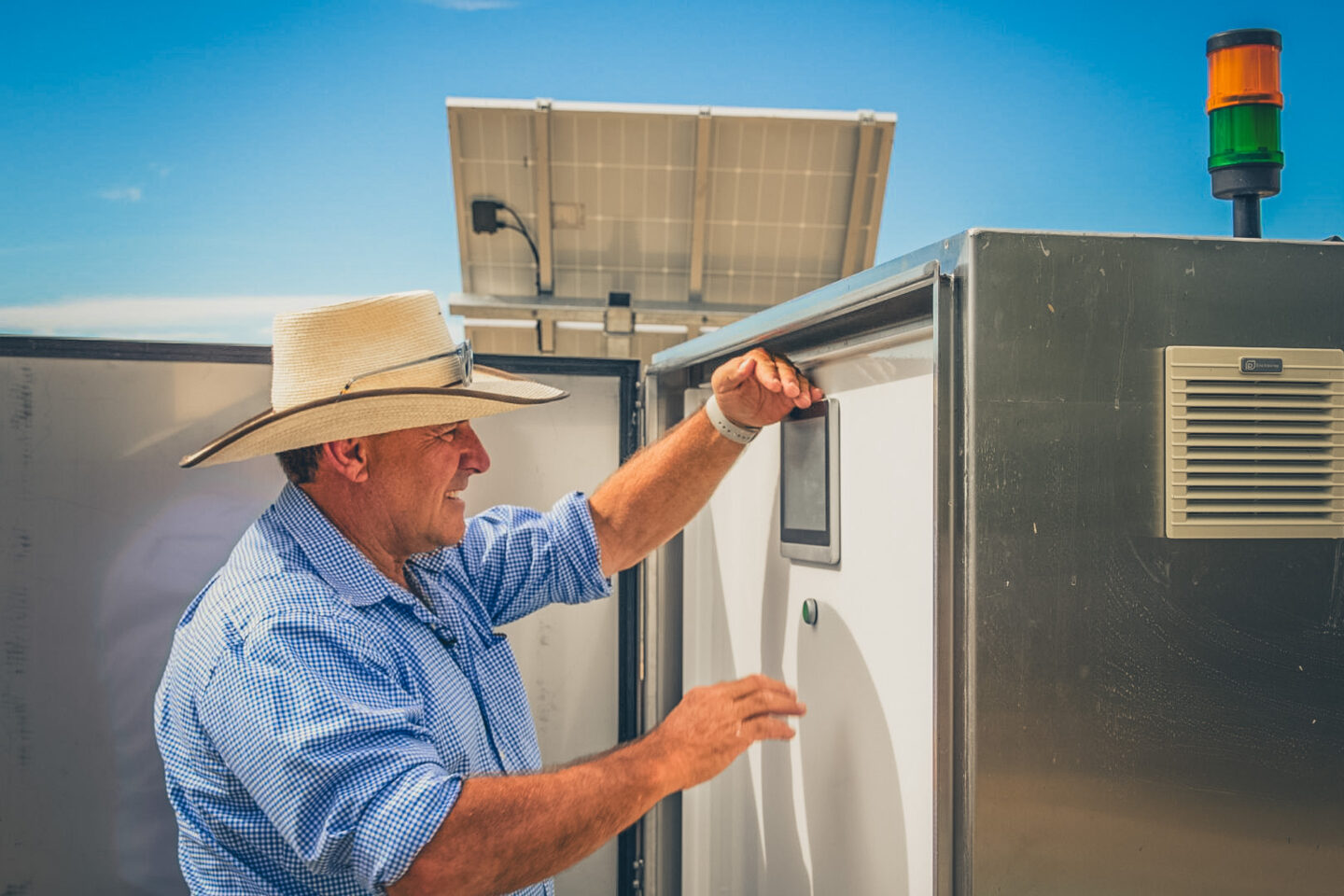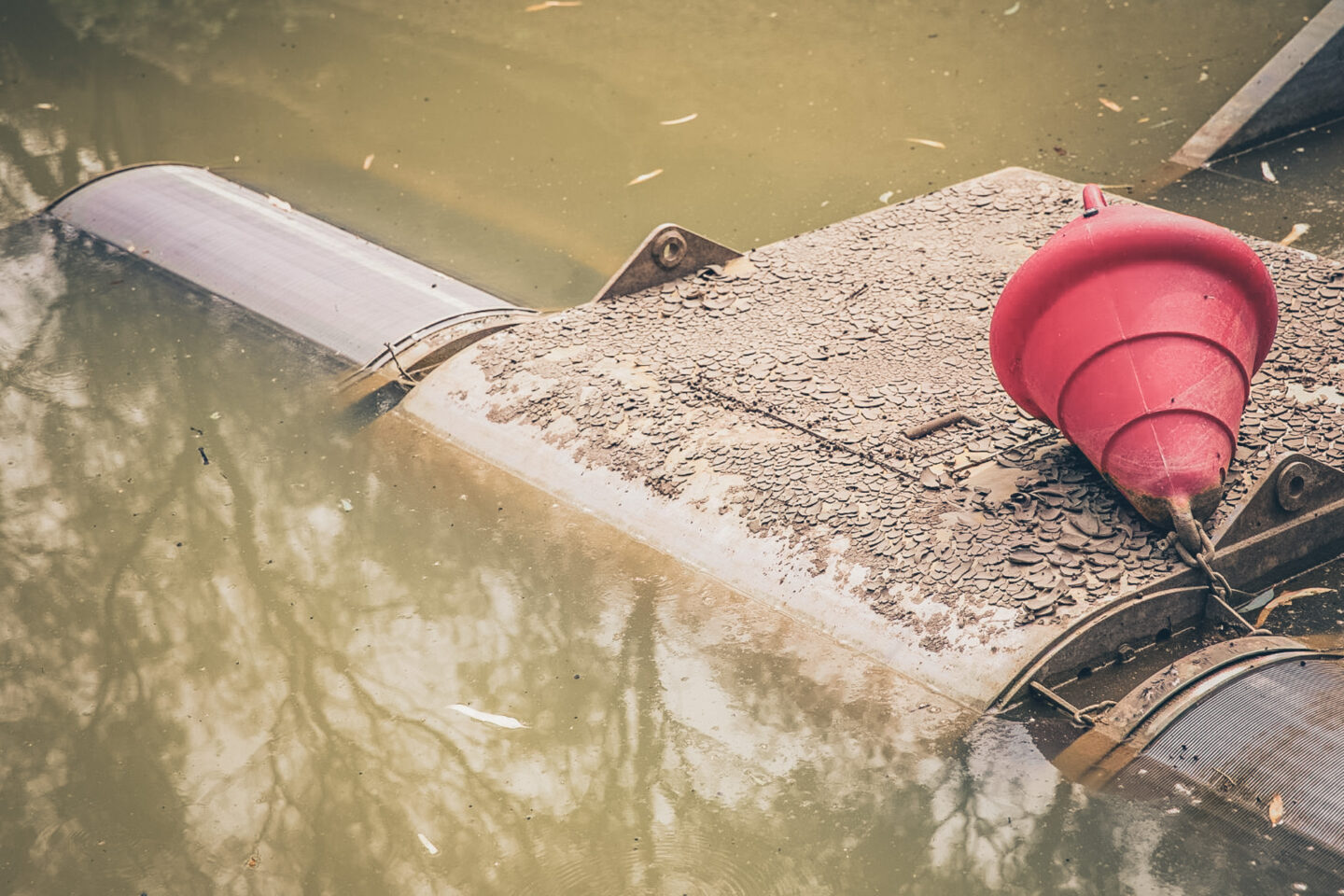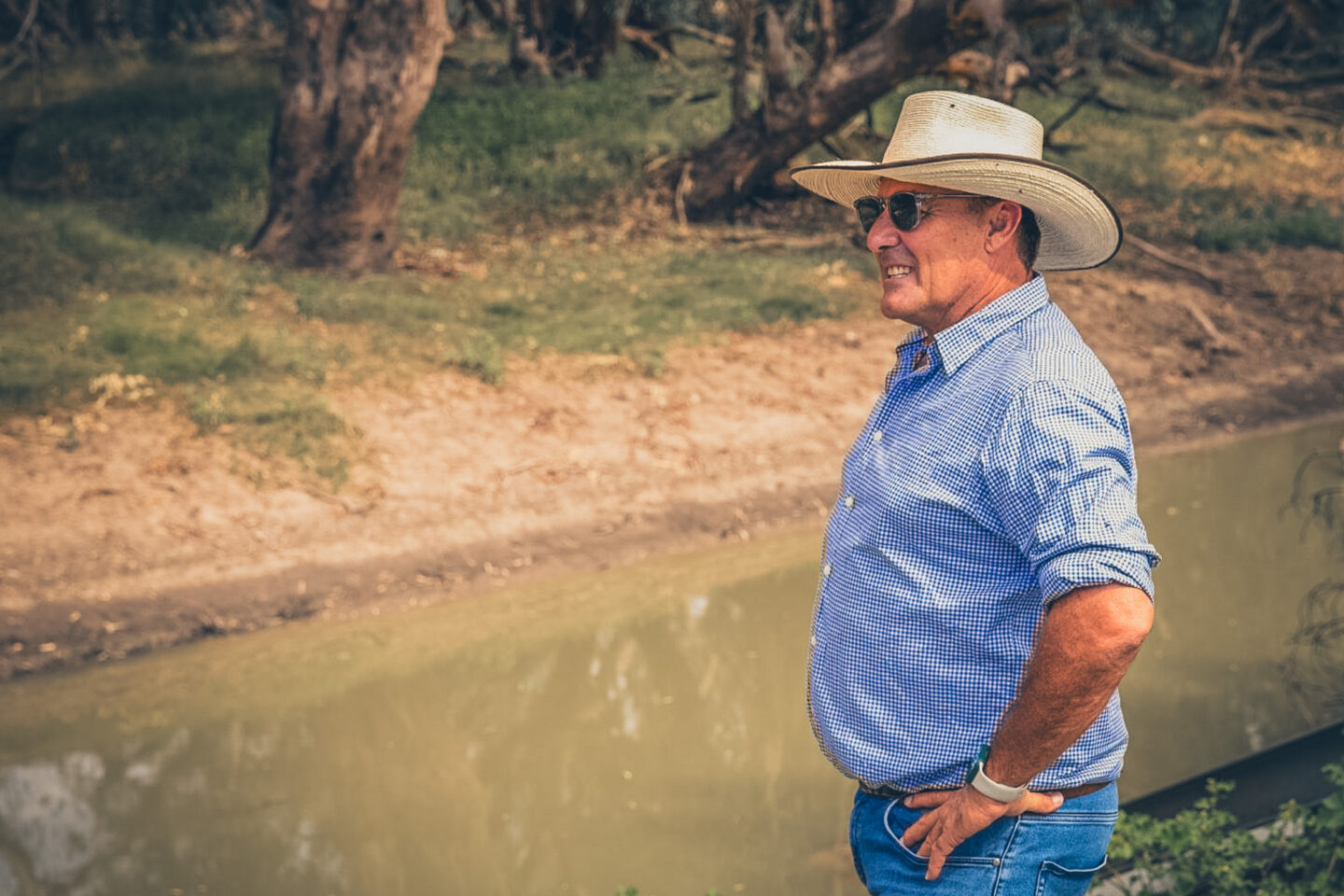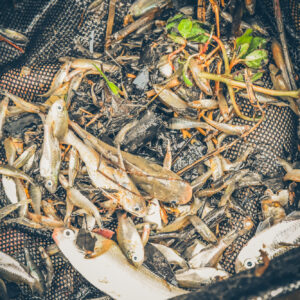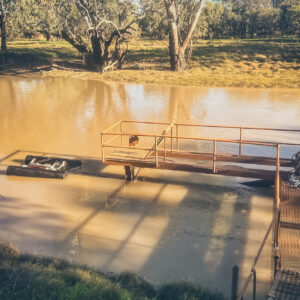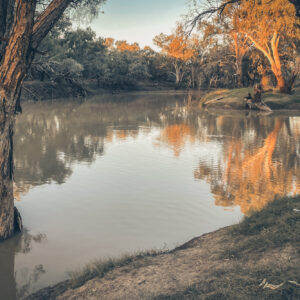From sceptic to advocate: James Moore’s experience with Fish Screens on the Namoi
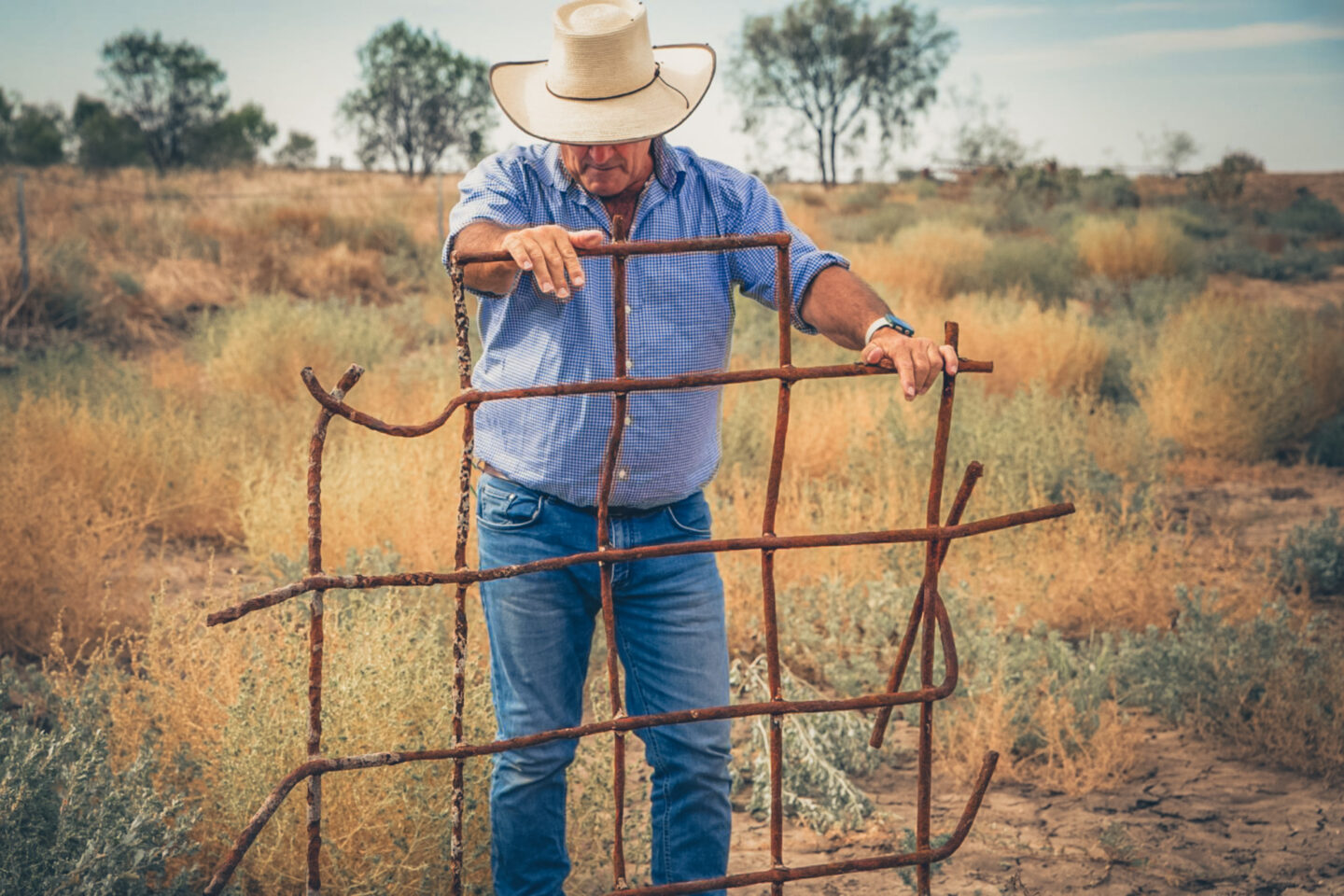
In the heart of Walgett, near the tail end of the Namoi River system, irrigator James Moore is part of a growing movement embracing smarter, cleaner irrigation practices.
Running a mixed farming operation that includes cotton and winter crops, James knows first hand the vital role that water plays in making agriculture viable in this region.
“This particular farm was developed in 1992,” James explains. “We’ve been doing it for a while. Water is essential.”
With limited rainfall and high pressure on water infrastructure during the irrigation season, any improvements to water efficiency can make a huge difference. And for James, one of the biggest game changers has been the installation of a self-cleaning fish screen on his river pump—something he was once sceptical about, but now openly supports.
From Daily Disruption to Seamless Flow
Before installing the screen, managing river debris was a constant burden. “When we were actually pumping, if we had debris coming down the river, we’d have to clear that at least once a day,” James recalls.
“You’d start off pumping X amount of megs [one megalitre (ML) is one million litres] but, through the day, the debris would start to restrict that flow. We’d end up with 15% less capacity by the end of 12 or 24 hours.”
That daily loss didn’t just affect pumping—it rippled across the entire farm operation. “If we get a reduction in the flow coming through our channels, it affects how we put water on the fields. We want to get water on and off fields as quickly and as efficiently as possible,” James says. “If that slows down, shifts take longer, transfer loss is bigger—it’s just a flow-on effect.”
The old system—a rudimentary 150 mm grate in front of the pipe [known as a ‘trash rack’]—was basic at best. It blocked some debris, but not nearly enough. “It really wasn’t great,” James admits. “Debris could get caught up in the pump, and you’ve got the costs of lifting your pump out. It was fairly rudimentary—there’s no doubt about that.”
A Cleaner, Smarter Solution
In September 2024, James had a fish screen installed. The system is designed to keep both debris and native fish out of the pump system. The screen features internal and external brushes that clean the screen multiple times a day—something James can set and monitor via a control system.
“This is the site of the new screens,” he explains. “We’ve had the season to get used to it now. We’ve got a brush in here—brushes on the inside—and that actually cleans the inside and the outside. You can really see how clean it is.”
The improvement was immediate. “We’ve got a good, consistent flow,” he says. “And because we’ve got that, we use a lot less fuel to pump water, and we’re getting more bang for the buck. I think we could have fuel savings of around 5% just by having that consistent flow.”
Upkeep has also been drastically reduced. “The two biggest things are maintenance and efficiency,” James says. “It’s self-maintaining twice a day, and we can pull it up [using the built-in retraction winch] and make sure all the brushes are right—it’s still going well.”
From Scepticism to Confidence
Initially, James had reservations. “I was sceptical about how much water we could get through the screens,” he admits. “But after seeing a couple of different designs, I started to get a little bit more confidence in it. We made sure we built capacity into the system, and once we started using it, it actually exceeded my expectations.”
That shift in thinking—from “What if this doesn’t work?” to “What if this saves me time and money?”—was a major turning point.
“I thought, well, what if it actually reduces the amount of maintenance I have to do to keep a good steady stream of water when we’re actually pumping?”, James says. “And that was really the start of where we looked at it more seriously.”
What began as a potential operational improvement soon revealed a valuable environmental impact too.
Protecting What Matters
As James dug deeper into the design and purpose of the screen, its ecological value became clear. “What they’re trying to do is exclude fish from obviously being pumped through the system—that was really the added benefit.”
And for a farm surrounded by native vegetation and closely tied to the health of the Namoi, that matters.
“We rely on a good healthy river system, and that only comes about with the native fish,” James says. “Ideally, we’d like to see less carp and more natives, and this helps with that. They’re staying where they should be—rather than on-farm.”
The fish screen prevents both fingerlings and adult fish from entering the pump intake, reducing fish mortality to improve river health. It’s a step forward for biodiversity—and one James sees as critical to long-term sustainability.
Looking Ahead
Now that he’s experienced the benefits, James encourages others to consider the same path.
“If you’ve got issues with debris, then you’re certainly going to get some advantages out of it,” he says. “And the other benefit is obviously from the fish point of view.”
He also sees room for continued improvement and greater accessibility as more sites come online. “I think as these systems roll out more widely and the design gets refined, we should be looking at a cheaper setup too.”
In the meantime, James is already enjoying the return on investment: less maintenance, consistent flow, potential fuel savings, healthier rivers, and a system that essentially runs itself.
“It’s not even comparable,” he says, reflecting on the old steel grate. “That was very low-tech engineering. This is a substantially better system—and you can see why.”
—
